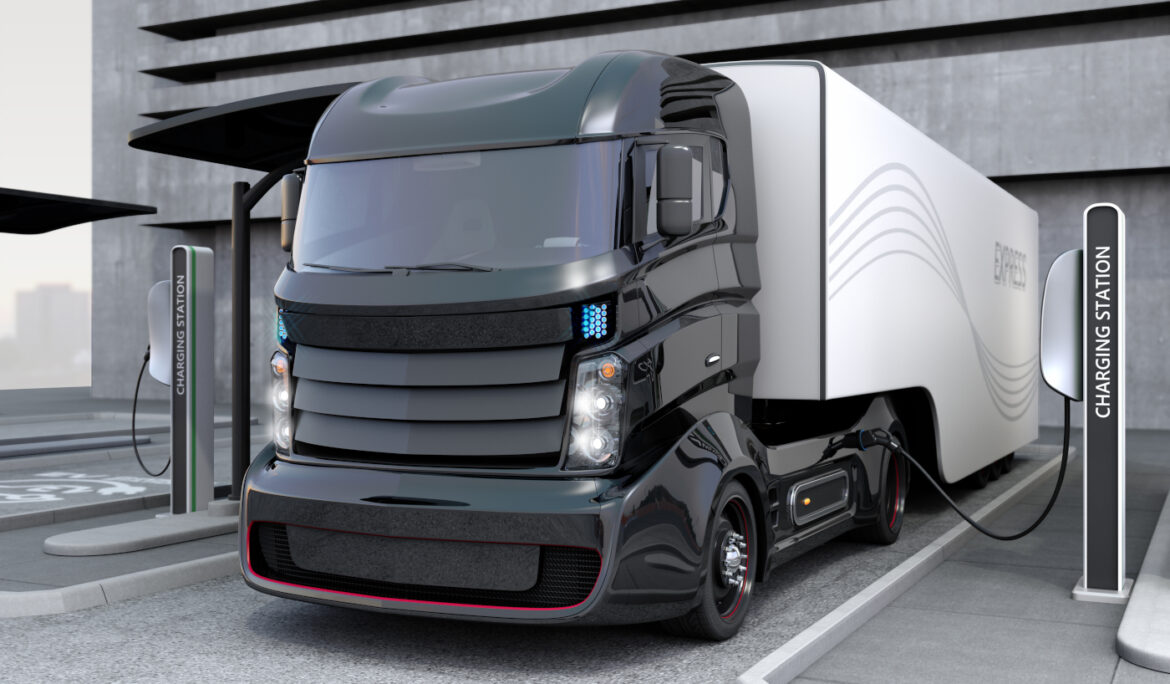How It Works: Fuel Cell Stack Cooling Package (FC-SCP)
As the push to zero-emission mobility continues, the integration of a fuel cell stack to extend the range of a Commercial Electric Vehicle is gaining traction. …
Thermal Management Differences between ICE and Electric Vehicles
As the transportation industry is transitioning from Internal Combustion Engines (ICE) to Electric Vehicles (EV), commercial and specialty vehicle Original Equipment Manufacturers (OEMs) are focusing on bringing their electric vehicle platforms to market. …
The U.S.’s Commitment to Zero Emissions for Commercial Vehicles
The U.S. government has taken action to reduce emissions by establishing legislation and funding organizations focused on zero-emission mobility. …
What You Need to Know: Thermal Management for Commercial Electric Vehicles
Every Electric Vehicle requires thermal management for the battery pack and power electronics for optimal operation. Careful management of temperatures can improve range, charging time, and minimize damage to critical vehicle subsystems to extend vehicle life. …
How It Works: Battery Thermal Management System
The Li-Ion battery cells used in today’s commercial electric vehicles are sensitive to temperature which will impact performance of the battery pack including range, voltage efficiency, charge time, and also improve cycle life of the battery pack. …
How It Works: Electronics Cooling Package
On a Commercial Electric Vehicle, the inverter, converter, OBC (On board charger) and traction motor will self-heat during operation. To improve performance, durability and safety, it is important to manage the temperature of these critical assets known as the power electronics. …
















Recent Comments